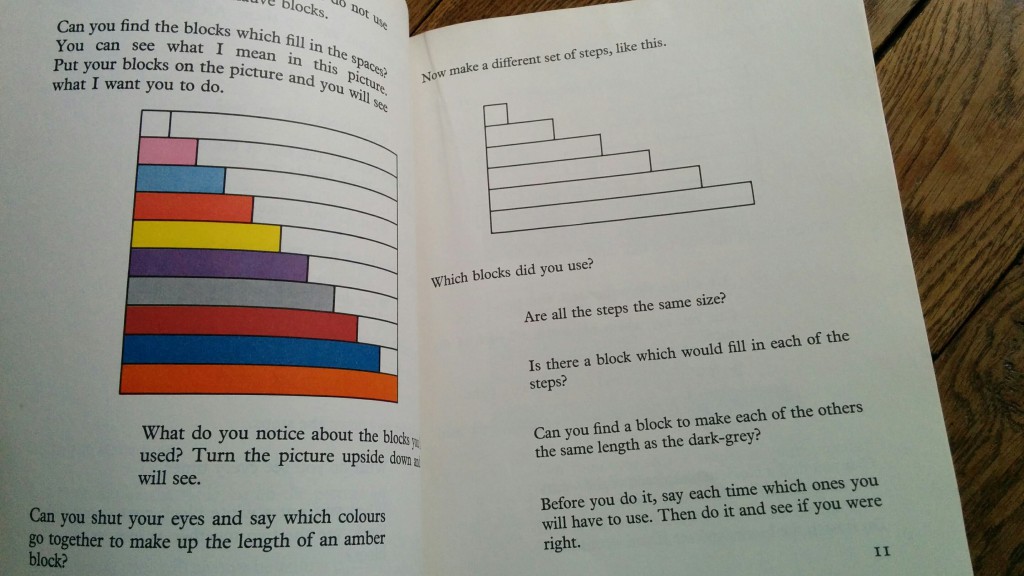Some parents worry their kids won’t learn the language of their adopted country well enough. I tend to worry about the opposite. Many people ask me now whether my daughter is speaking Spanish yet. For the record, we lived in Spain for two months last year and five months this year so far.
I suppose if she had gone straight into kindergarten, then by now she would be speaking Spanish (after a fashion). She spends an hour or two once a week with a Spanish babysitter and she’s already starting to respond in Spanish. Surely I should be in a rush to help her learn Spanish as soon as possible, as young as possible. Otherwise she’ll already be behind the other kids when she starts school. Except that she won’t be starting school very soon anyway. Because it gets worse.
Do you really want to shock people? Make them leap to their feet and ask you But why? How could you?! Have them shake their heads disbelievingly as you walk away convinced that you will soon rue the day you made such a terrible decision? Try not enrolling your 3-year old in school. Judging by the reactions where we live in southern Spain this is tantamount to giving them a bedtime bottle of whiskey. Same in Paris. And a lot more places, I suspect.
I would have had to enrol my oldest last March if I wanted her to start this September at the grand old age of 3 years and 1 month. After much consideration, I decided not to. What a can of worms to open.
Do I not realise that starting late will put her at a disadvantage? Odd as this may sound, I don’t mind her being at a disadvantage for a while. Let me explain. I don’t really think that getting total immersion in Spanish five days a week would be the best thing just yet. It already takes a conscious effort to keep her French strong; so far her world is dominated by English. Preschool would reduce her exposure to French and English. English would survive, but I’m not sure French would. I’m not the only one in this situation. Peer influence is so much stronger than any parents’, so I am willing to put off – for a little while – the pride I’ll feel when my daughter starts spouting fluent Spanish.
If she were at school there’d be no more leisurely breakfasts with dad, and maybe no shared lunchtimes. Interactive French exposure would be limited to little more than busy weekends and short evenings – with only about 1h30 between dad finishing work and bedtime.
Besides, in her post 5 Myths About Raising Multilingual Kids one multilingual mum cites the misconception that “You must reinforce the environment language at home.”
So how will I feel about her starting school aged four (just) and not understanding what anyone’s going on about? What if she can’t learn at the same speed as the rest?
I figure that just living here with a little Spanish babysitting, she’ll pick up enough to get by and not feel entirely lost. She won’t struggle learning to read, write or count. She already knows her numbers and letters, knows her right from her left, and can read a little in English (words like park, window, basket and splash, and in my opinion, enough to work out the rest on her own without any teacher). Converting all this to Spanish is easier than learning it in the first place. What’s more, reading Spanish is a doddle in comparison to English, given the simplified spelling and consistent pronunciation. Spanish is an easy language for a French-speaker – my decision might have been very different if she could go to school in Arabic.
This decision will affect her brother too. I’m guessing that within six months of starting school she’ll be starting to use Spanish with her little brother (who’ll then be 2 years old) as the language of play as I’ve seen happen in so many families where the community language was different to that spoken at home. So I’m also glad to stave off the influence of the majority language on him at an age when he’ll only just be starting to string sentences together in his mother and father tongues.
Finally, as eager as I am to return to a world of adult conversation, I do consider myself fortunate to be around as she makes those precious early discoveries about letters turning into words, about a banana looking oval if you bite it on a slant, and how sand makes for better cake dough when wet.
